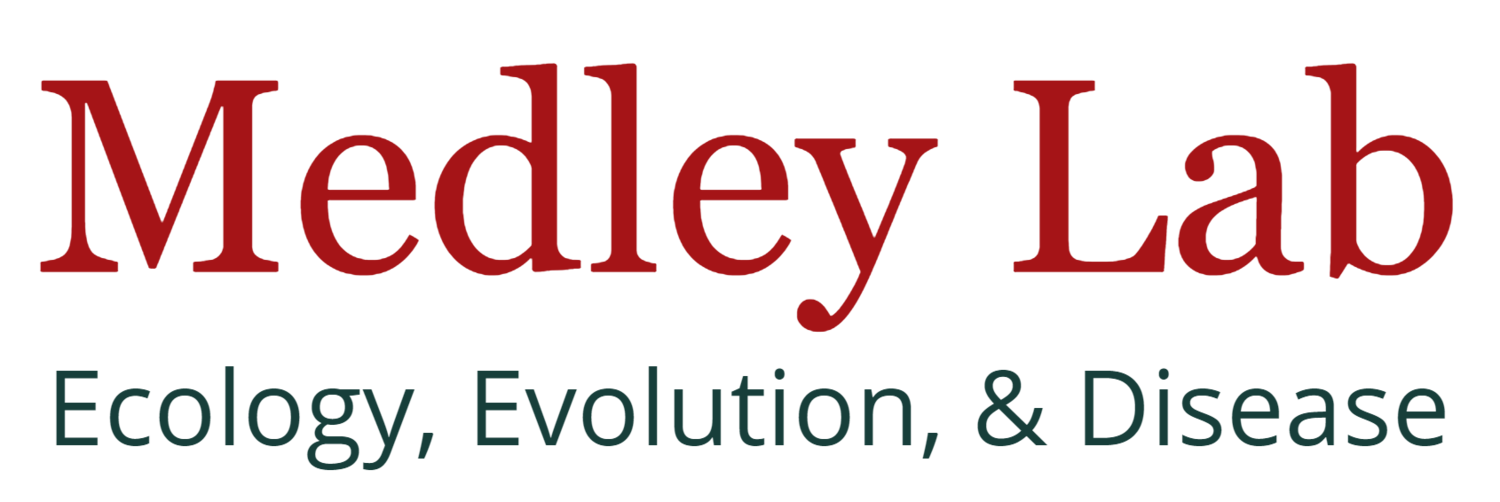Ecology and evolution of disease vectors across urban-to-rural land-use types
As more than 50% of the human population now resides in cities, understanding the influence of humans on ecological and evolutionary processes in and between urban areas becomes critical to advancing modern eco-evolutionary theory. Urban ecosystems differ functionally from their rural counterparts, and a growing body of evidence has revealed that selection pressures imposed by urban landscapes can drive adaptive evolution.
To better understand how cities influence ecology and evolution of invasive species, we are studying the invasive Asian tiger mosquito (Aedes albopictus) along an urbanization gradient in the St. Louis region. The Asian tiger mosquito is a container mosquito that invaded the US in the mid-eighties, and thrives in urban and suburban habitat. However, it has a delayed phenology at Tyson Research Center. We are investigating ecological and adaptive processes that might lead to these differences in mosquito ecology by land use type.
Female Asian tiger mosquito (Aedes albopictus) (Science)


